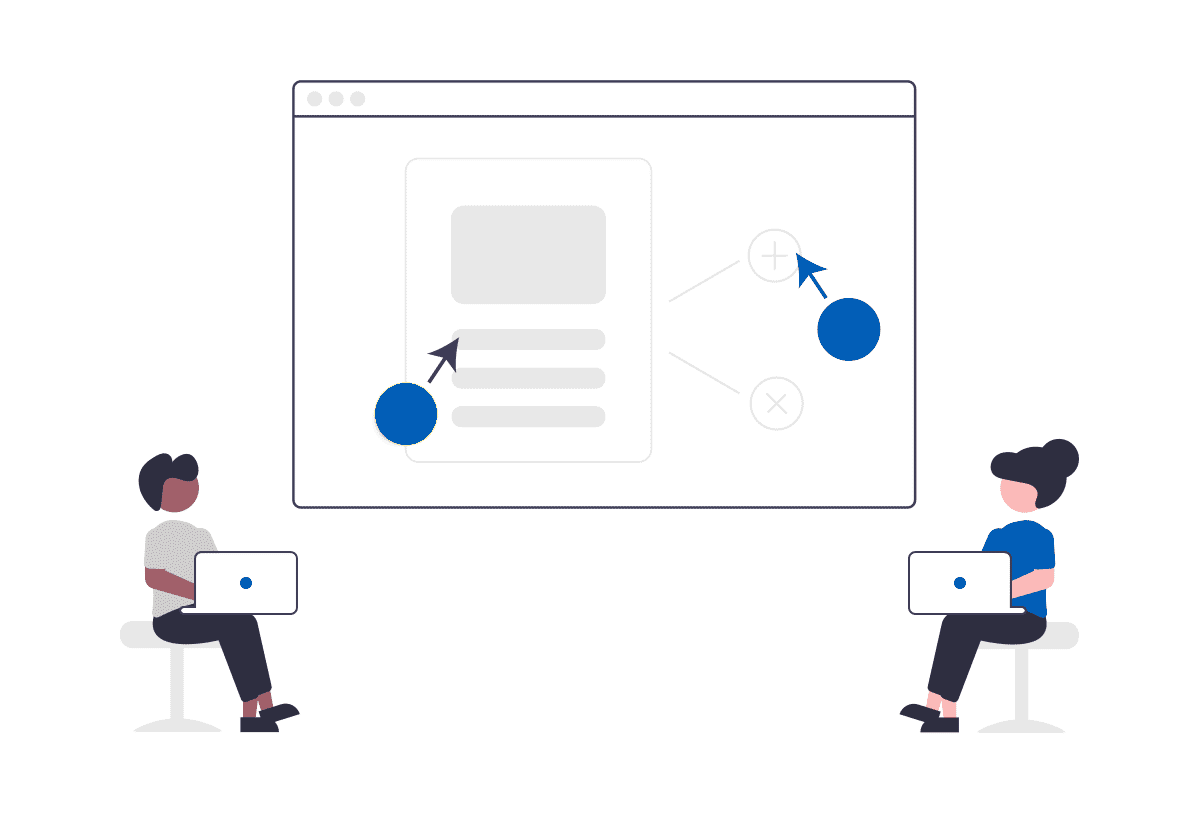Digital Asset Management (DAM) and Product Information Management (PIM) systems are essential tools for businesses that deal with large volumes of digital assets and product information. These systems help organizations manage, organize, and distribute their digital assets and product information effectively.
One question that businesses often face is whether to use a standalone DAM or a PIM with integrated DAM capabilities. There is no one-size-fits-all answer to this question, as the decision will depend on the specific needs and resources of the business. Here are some factors to consider when deciding between a separate DAM and a PIM with integrated DAM:
- Purpose: The primary purpose of a DAM is to manage digital assets, such as images, videos, and documents. On the other hand, a PIM is primarily used to manage product information, including descriptions, specifications, and pricing. If your main focus is on managing digital assets, a standalone DAM might be the better option. However, if you need to manage both digital assets and product information, a PIM with integrated DAM capabilities might be more suitable.
- Integration with other systems: A standalone DAM will typically be a standalone system, and you will need to integrate it with other systems, such as your e-commerce platform or content management system, manually. On the other hand, a PIM with integrated DAM capabilities will likely be more seamlessly integrated with other systems, which can save you time and effort.
- Scalability: Both DAMs and PIMs can handle large volumes of digital assets and product information. However, if your business is likely to grow significantly in the future, it might be worth considering a PIM with integrated DAM capabilities, as it will allow you to scale your operations more easily.
- Cost: The cost of a DAM or a PIM with integrated DAM capabilities will depend on a variety of factors, including the features and functionality offered, the number of users, and the size of your business. It is worth comparing the costs of different options to see which one offers the best value for money.
In conclusion, whether it is best to use a standalone DAM or a PIM with integrated DAM capabilities will depend on the specific needs and resources of your business. It is worth considering factors such as the purpose of the system, integration with other systems, scalability, and cost when making your decision.
